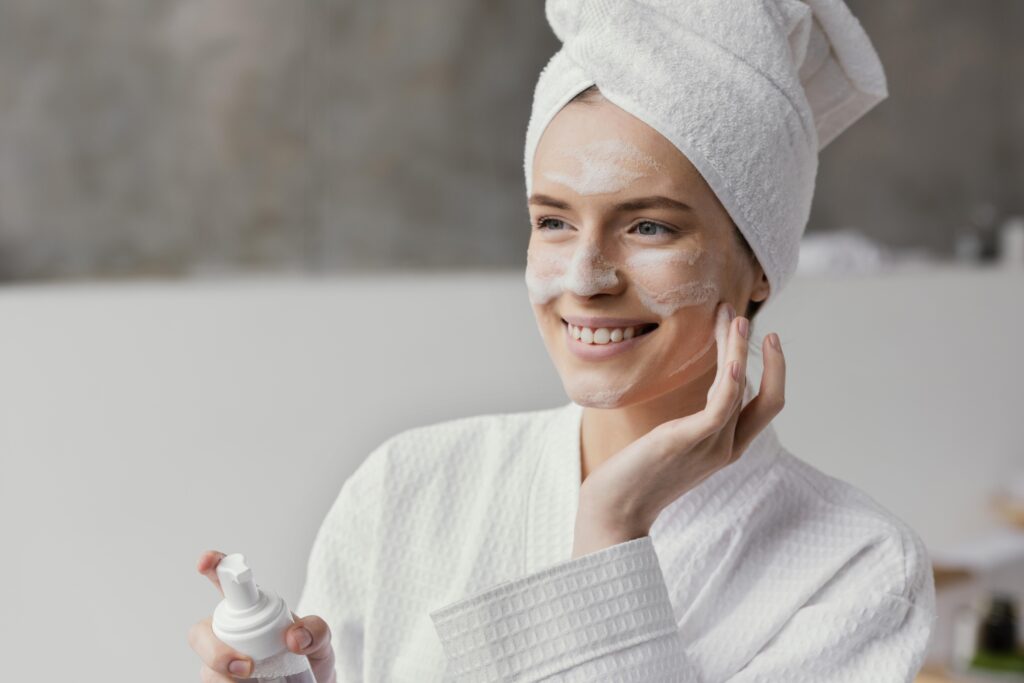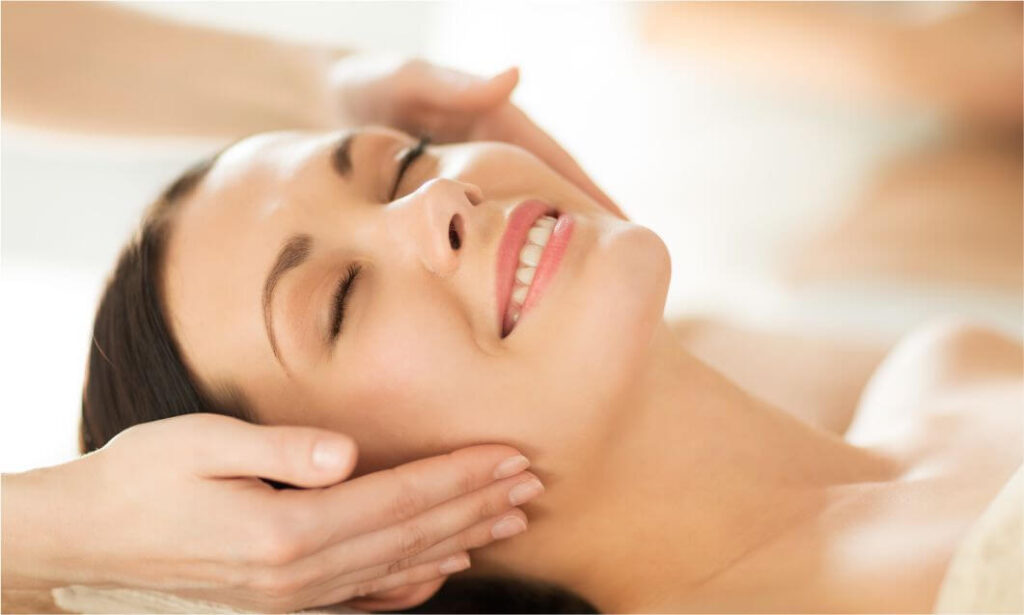Facials: What Are They, and What Do They Really Do? If you’ve never gotten a facial, you might not totally understand the appeal. Why would you need someone else to wash your face for you? But facials are so much more than that — and in addition to feeling great, they have huge benefits for your skin.
What is a facial?
A facial is a noninvasive skin treatment that includes cleansing, moisturizing, exfoliating and other elements that are customized to your specific skin type and needs. Facials are performed by licensed skin care professionals like aestheticians, and they’re intended to:
- Address your skin concerns.
- Promote overall skin health.
- Help you relax.
“A facial is like a big drink of water for your skin,”
“After a treatment, your skin will look healthy, hydrated and radiant.”
Benefits of getting facials
Even people who have clear skin can benefit from facials — especially because clear skin doesn’t always equate to healthy skin. Facials can help hydrate, plump and protect your skin for the long haul.
- Shrink the size of your pores.
- Lessen your skin’s oil production.
- Reduce hyperpigmentation (dark spots).
- Help balance your skin’s pH.
“Skin care treatments also help increase blood circulation,” Kanaan says. “Good blood circulation in the skin helps to kill bacteria and promote cell regrowth, which is very important for collagen production.”
Collagen is a type of protein that gives your skin structure, strength and elasticity. As you age, though, your skin naturally begins to produce less collagen, which can lead to wrinkles, sagging and other signs of aging.
Types of facials
If you’ve ever looked at a menu of spa services and felt overwhelmed by all the different types of treatments they offer, you already know that there are different kinds of facials and all kinds of add-ons to choose from. How are you supposed to know what’s what?!
Signature facial
Your standard facial is anything but basic! They typically include:
- Cleansing to remove makeup, dirt and other impurities.
- Exfoliation to remove dead skin cells from the surface of your skin.
- A skin mask personalized for your skin concerns.
- Moisturizer to keep skin hydrated and supple.
- Light massage of your face and neck.
- Product recommendations for your overall skin health.
They may also involve:
- Facial steaming to open your pores and soften your skin.
- Extraction of blackheads or whiteheads.
- Serums and other treatments specifically chosen for your skin.
“After a facial, your skin may have a bit of a pink flush to it from facial massage and stimulating ingredients,” “but that’s a good thing. It will subside quickly throughout the day.
HydraFacial
“This is a three-in-one service that exfoliates, extracts and infuses serums into your skin,” leaving the skin radiant, uses a chemical peel to exfoliate the skin and is geared toward overall skin health and rejuvenation.”
Your aesthetician performs a HydraFacial using a special, patented, wand-like tool that works kind of like a miniature vacuum. It helps open your pores so you can get a deeper, more effective cleanse.
This noninvasive skin resurfacing procedure includes:
- Thorough exfoliation.
- A chemical peel.
- Extractions.
- An infusion of antioxidants and hyaluronic acid.
You can also add customized “boosters” — additional aesthetician-recommended serums that can improve the overall results of your facial.
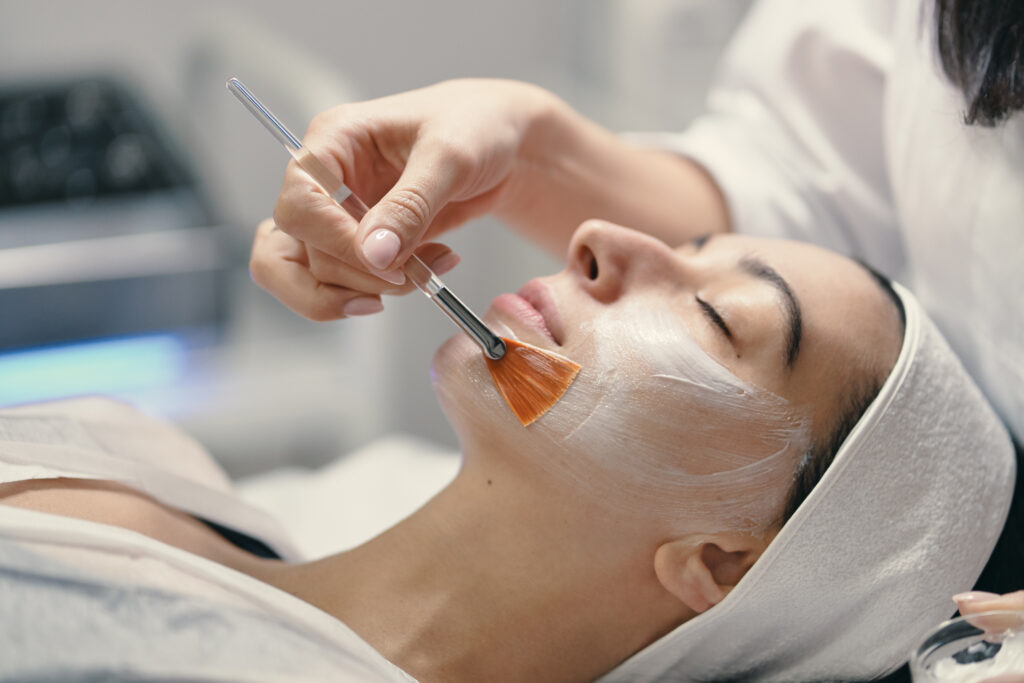
DiamondGlow
A DiamondGlow® facial, is also a three-in-one treatment for exfoliating, extracting and hydrating. It’s performed with a gentle dermabrasion device that can help smooth your skin, add volume and give you a more youthful look.
It uses a mechanical exfoliation with a diamond tip and tackles specific skin concerns like acne, wrinkles and dry skin.
Facial add-ons
Who doesn’t love a Package?! Depending on what kind of facial you’re getting and where, you may be able to choose from custom add-ons that can further improve your skin.
Face masks
We’re talking about the relaxing kind of face masks, not the COVID ones! Most standard facials include some type of personalized mask, but you may also have the option to add another mask targeted at anti-aging, collagen production, moisture retention or some other specific skin goal.
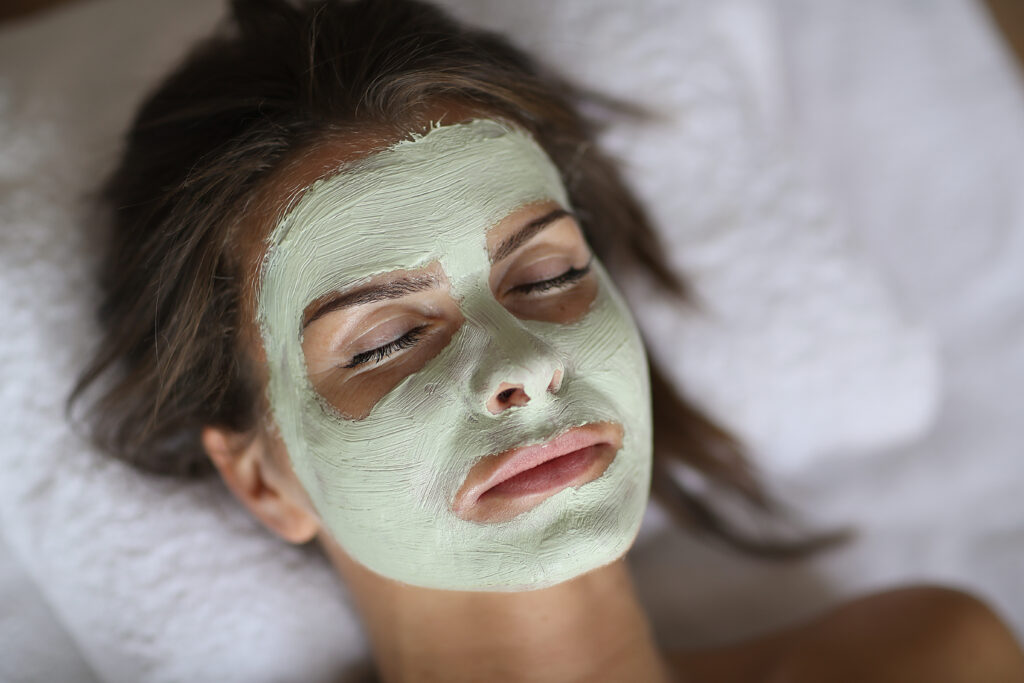
Dermablading
This painless micro-exfoliation process, also known as dermaplaning, removes the top layer of your epidermis.
“It sloughs off dirt, debris, dead skin and superficial facial hair,” Kanaan explains. “In turn, this helps ensure that any product or procedure used right afterward can penetrate and absorb deep into the skin, which can accelerate your results.”

Manual extractions
You should never pop a zit on your own — but trained providers have the skill and background to safely perform extractions on blackheads (open pores clogged with oil and dead skin) and whiteheads (closed bumps full of oil and dead skin).
Extractions are sometimes included in facials and sometimes presented as add-ons. You may also be able to add on extractions of back acne.
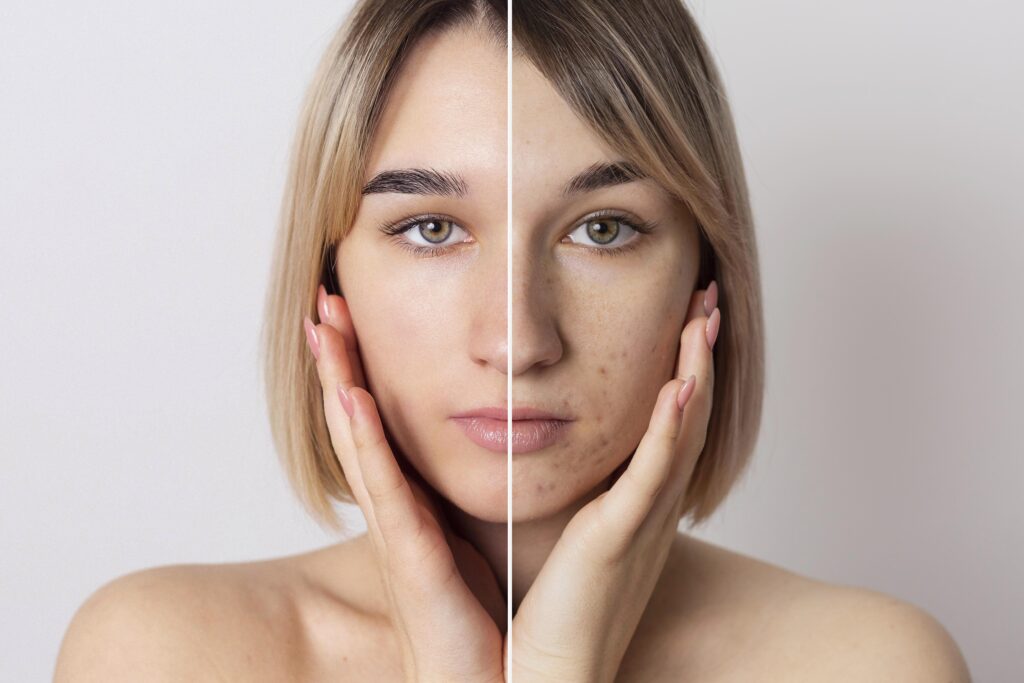
Chemical peels
Chemical peels use a chemical solution to remove layers of skin and encourage cell renewal.
Some of the facial acids most often used in chemical peels are:
- Glycolic acid, a deep-penetrating alpha-hydroxy acid that helps exfoliate and boost collagen production.
- Lactic acid, which helps smooth out skin texture and is a good choice for sensitive skin.
- Salicylic acid, a beta hydroxy acid that unclogs pores by removing dead skin.
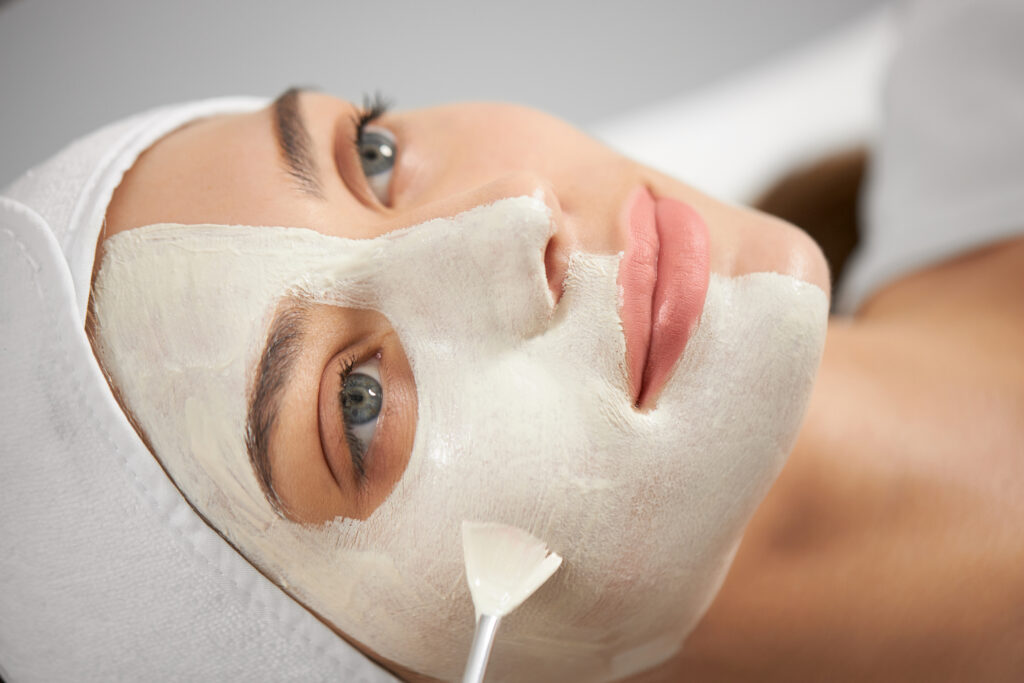
Why you might break out after a facial
Have you ever heard of people breaking out right after a facial? It’s called “purging,” and there’s a good explanation for it: It’s your skin’s way of getting rid of any dirt, debris or bacteria that’s lingering beneath it. Getting a facial speeds up that process.
“It all comes out from beneath your skin after treatment, due to the rapid cell turnover,”
“It won’t last long and should subside a week or two after treatment.”
Purging is especially common after your first facial or when you start using any new products, so if you’re a newbie, it’s actually not a good idea to get a facial right before you attend any sort of big, photo-worthy event.
“The way to avoid constant purging is by keeping up with facials and great skin care at home. “The more you treat the skin, the less will get caught in your pores and cause inflammation.”
How often should you get a facial?
The frequency of your facials depends on what type of skin issues you’re dealing with. Every four to six weeks is ideal because it aligns with your skin’s natural cycle — about 30 days.
“It’s best to stay on a consistent routine, especially if there’s a specific skin concern that we’re addressing,” she says. “That will ensure that you get the best result.”
It’s also important to take good care of your skin in between facials so that you can maintain your results and continue to improve your skin health. After your facial, your aesthetician will provide you with skin care recommendations to help you better understand your skin’s needs and how to care for it.
Once your skin issues are better managed and your skin is glowing and thriving, you and your a esthetician can reevaluate the frequency with which you book your facials.
Are facials worth the hype?
In a word: Yes! “There’s having great skin and then there’s having great skin health, “Getting regular facials can help you achieve both.”
But as with any skin and beauty treatment, it’s important to separate fact from fiction.
Facials are typically not covered by insurance, and depending on where you go, the expense can rack up quickly — especially because it’s common for spas to market their services with lofty claims about what they can do for you. In general, if it seems too good to be true, proceed with caution.


